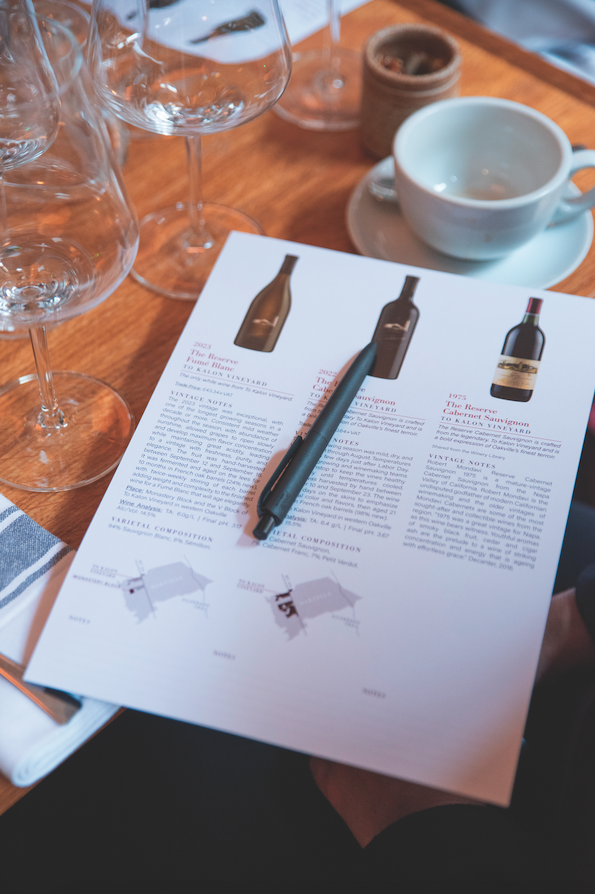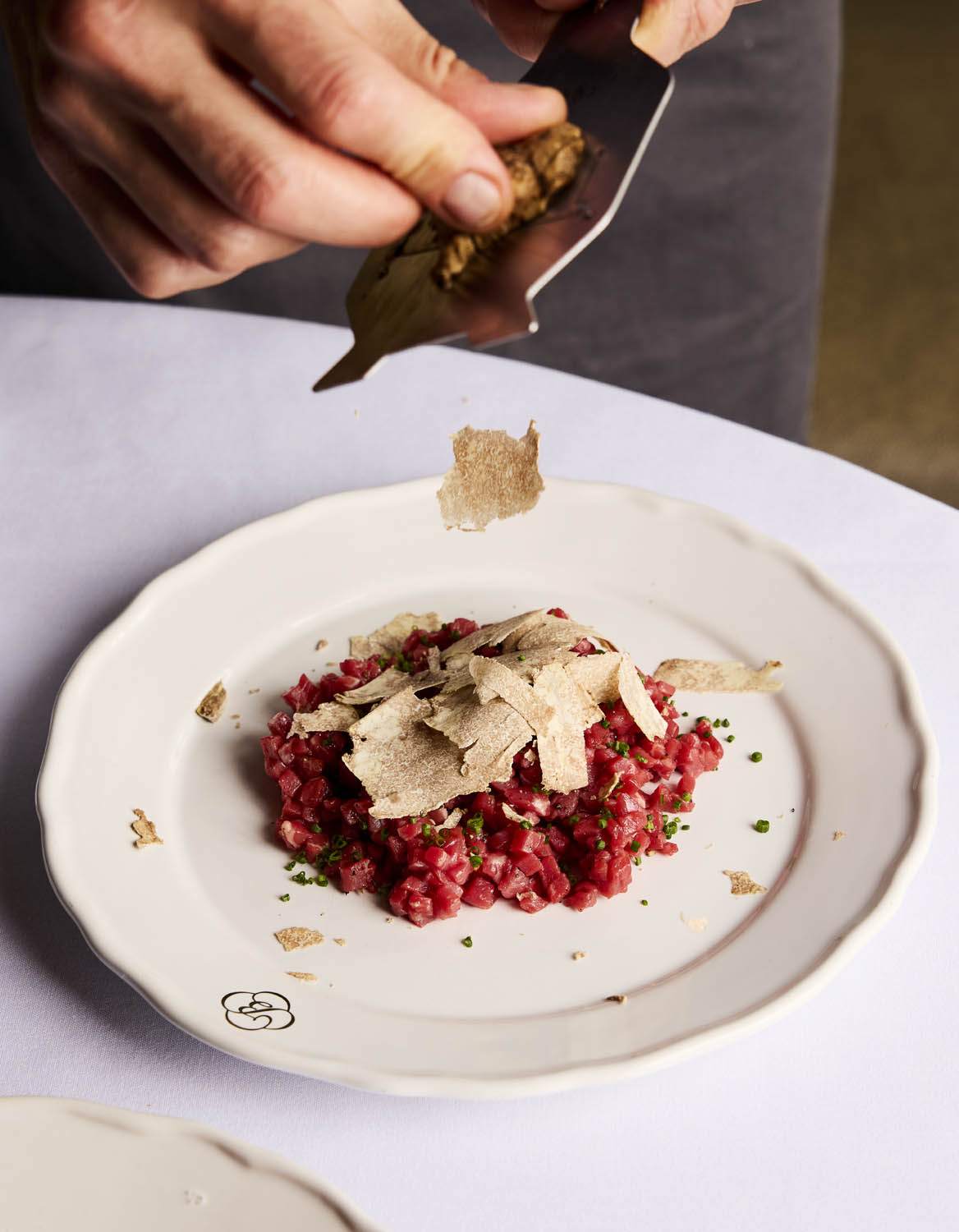Fine wine investment: Running out of puff
There was an interesting article published earlier this week from Wine Searcher entitled: ‘Burgundy Price Demise Rumours Exaggerated’.
The essence of the article was an attempt to disprove the suggestion that Burgundy prices were running out of puff, while accepting that the rate of price increases was tapering off to some extent. It cited an earlier Liv-ex article discussing the price of DRC relative to the First Growths which in turn had wondered whether the price gap limit had finally been reached.
From a fine wine investment perspective we at Amphora would argue that anyone buying wines like DRC for a financial return from these levels is hopeful in the extreme, however we respectfully suggest that the point is irrelevant, for this reason: if you are putting a wine costing US$20,657 (at current rates around £16,100) per bottle into a portfolio, your portfolio must be so large as to indicate that you don’t need to concern yourself with piffling issues like risk. With a nod to Leona Helmsley: ‘risk is for little people’, among whom we number ourselves!
Nor do we think, incidentally, that it is particularly fruitful to obsess about the price gap between the First Growths and DRC. Who knows what the proper relationship should be? You simply aren’t comparing like with like. One releases 400 cases a year and another 15,000. The principle of relative pricing analysis requires the assembly of both fixed and semi-fixed data covering several variables all of which bear a coherent degree of comparison. DRC and the First Growths are best in class but that’s about it.
Where we would prefer to spend time on the content of the article is when it references price performance of top Bordeaux wines, because a casual reader would conclude that there’s no earthly point investing in fine wine if the returns, on a five year basis as quoted, are as paltry as that. Try this for size: “Mouton and Margaux saw five-year price increases of 5.9% and 4.6% respectively, although Mouton has fallen away somewhat after that April 2018 spike. Latour and Haut-Brion have enjoyed more modest five-year price rises of 3.6% and 3.5%, respectively.”
The problem with lobbing numbers like these into the ether is that they are meaningless without clarity. As we all know the fine wine market place is not the place to ask how much a Latour might be, because you will just elicit the response: “which vintage?”
The answer will vary dramatically in accordance with that. In addition, it seems that numbers quoted are an average across a series of years: “Lafite stands alone among the First Growths, having dropped 12.2% in average price across the past five years.” So, we ask ourselves, exactly which Lafites?
We have therefore run the numbers for a variety of Bordeaux producers across the most recent 10 vintages which have been trading for the last five years. This means that the most recent will be 2013 (priced en primeur in 2014 and thus enjoying a five year performance record), while the oldest will be 2004. In fact, from an investment perspective this is reasonable, because market volumes are dominated by wines from this century.
Partner Content
Lafite, we are led to believe, has had a shocker, falling 12.2% on average. In fact, citing Liv-ex market prices, Lafite wines from 2004 to 2013 respectively have risen on average by 26%. If you had owned the 2013 your return is 69.2%, while the 2009 has only gone up 16.8%.
The 10 most-traded Bordeaux wines by value and volume over the 10 vintages studied were actually up an average of 32.9% over the last five years, which is interesting in itself because the Liv-ex 50 and 100 indices are both up 31% while the 500 is up 33%. This paints a somewhat rosier picture than the altogether bleaker findings in the Wine Searcher report, and is in addition a further endorsement of the benefits of spreading your risk. The broader indices tend to prevail over longer time frames.
From the sample study we analysed, only Cheval Blanc 2013 and Pontet Canet 2012 actually declined over the five year term, while the best performer was Mouton 2013 which has risen 75%. In fact Mouton with an average rise of 30% was the best performing producer of the 10. The best vintage to have owned across the study group was 2008 with an average rise of 48%, narrowly edging 2013 on 43%, while the worst was 2009 at 17%. The second poorest performer was 2011 on 18%.
So, is it time to sell 2008 and 2013 and buy 2009 and 2011? As ever we prefer to seek recourse to the Amphora proprietary algorithm for answers to questions like this, and while perhaps we might not expect to find blanket buys or sells from particular vintages, it is interesting to see that 2011 shows no signs of undervaluation at current price levels, except in the case of L’Eglise Clinet, whose 2011 is the cheapest wine from that producer in relative terms. Curiously the second cheapest is the 2008 which as explained above has performed very well elsewhere.
If you have three takeaways from this note we would propose they be as follows: firstly, don’t try and equate Bordeaux prices with DRC; secondly, notwithstanding the Wine Searcher article, Bordeaux has performed perfectly well over the last five years; finally, while you can outperform by having a vintage focus rather than a wine-by-vintage approach, your risk profile rises if you do. Far better to select wines offering cheap relative value at your point of purchase, a strategy aided and abetted by an algorithm which does all the hard work for you.
Philip Staveley is head of research at Amphora Portfolio Management. After a career in the City running emerging markets businesses for such investment banks as Merrill Lynch and Deutsche Bank he now heads up the fine wine investment research proposition with Amphora.





“This paints a somewhat rosier picture than the altogether bleaker findings in the Wine Searcher report”. I suspect you are both correct as it depends what currency you are working in. Almost any Livex graph looks better in Sterling, which has fallen 25% against the US Dollar over 5 years.